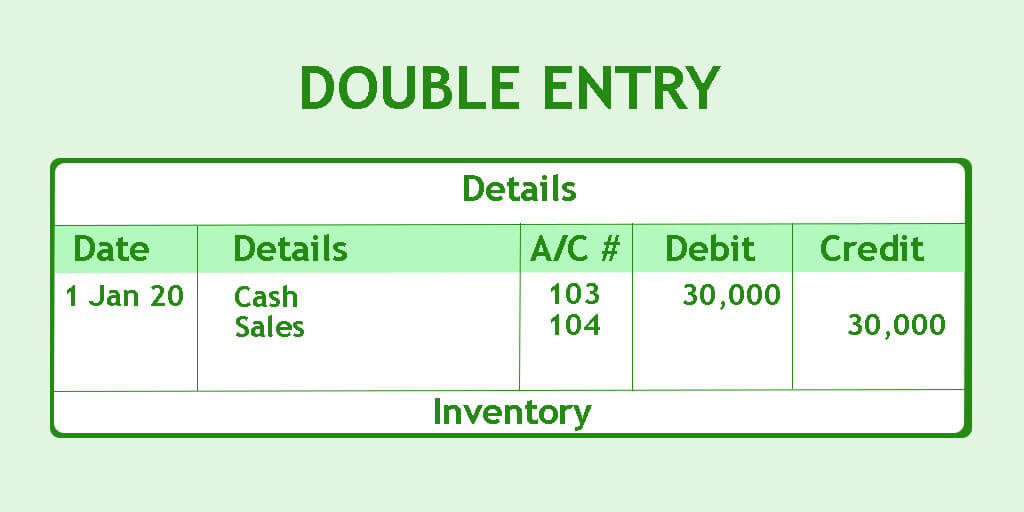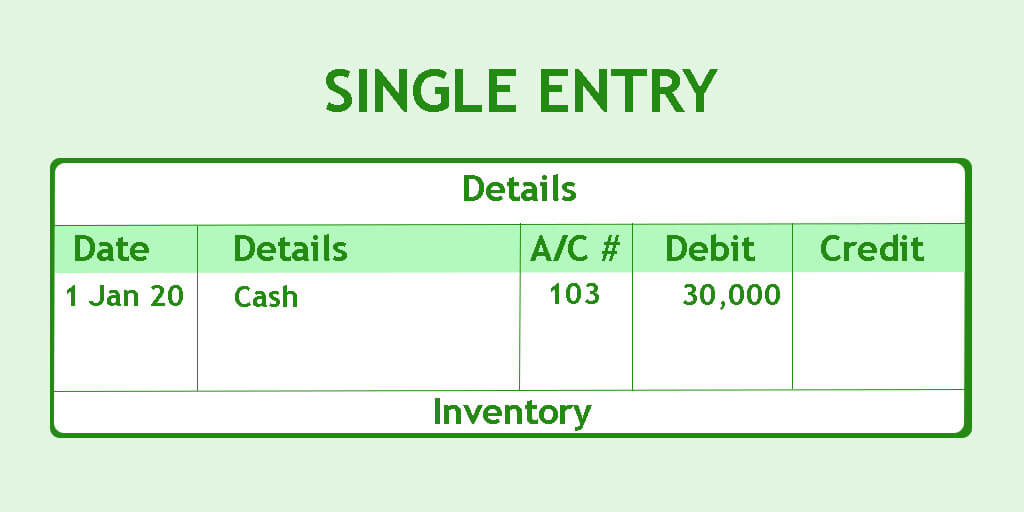[vc_row][vc_column][vc_column_text]The word ‘account’ has multiple meanings in different contexts, so you need to check the background before drawing meaning out of the word ‘account’.
If the speaker of the word ‘account’ is an ‘accountant’, then you can relate this word pretty quickly. There are multiple definitions, as stated in this article. An accountant is a person who takes care of different accounts, i.e., he makes sure that all accounting entries are correctly recorded in appropriate accounts. For example, a credit sale made to Mr A is recorded in the account of Mr A and not in the account of Mr B.
Recording of entries in the correct accounts is of utmost importance in accounting. However, today’s topic is more about discussing the term ‘account’.
Consider an account as an exclusive box. The box (or account) is for a specific title/person. Any transaction with that title shall be recorded in that box (or account). Let me give you an example from the old days. Let’s say that a vendor keeps a box for each of its credit customers. Whenever goods are sold to that credit customer on credit, the vendor adds stones in the box designated for that customer. Each stone indicates the sale of a particular weight/value. So, at any time, the vendor can count the number of rocks in that person’s box to calculate the total amount of the credit sale made to that person.
Similarly, after the writing was developed, an account (or a box) was created for each customer. Any transaction with that customer is recorded in that account (exclusive box) and kept it there. So that at any time, accounting can be done for that particular customer that how much is outstanding.

In today’s modern world, a bank account is an example of ‘account’. This bank account is an exclusive recording of transactions dealt with a particular party. Finally, an account statement is a listing of all those transactions. Keeping an account for each party ensures that transactions don’t get mixed. Let’s say that if Mr Jonathan deposits the money, then it should belong to Mr Jonathan only (and not to Mrs Jonathan).
In accounting, there are five broad categories of accounts in accounting, i.e., Assets, Liabilities, Income, Expenses and Capital. These accounts are kept not only for persons and parties but also for non-living items. For example, there will be a separate account for furniture, a different account for cars and a distinct account for electrical equipment.
Not only this, for each different kind of expense, there is a different account. For example, there is an account for ‘utility’ expenses, another account for ‘travel expenses’ and another account for ‘marketing expenses’. There might be hundreds of accounts for different costs in large multinational companies.
A listing of all accounts along with their closing balances is called a trial balance. Some large multinational companies may have hundreds or even thousands of line items on their trial balance. This bigness might be primarily due to multiple accounts for the same nature of item but different locations. For example, there would be one account for taxi expenses for California branch and same account for Texas branch. Thus, this would lead to an increased number of accounts for different locations, although the nature of expense is the same.
It is of utmost importance to make sure that you record transactions in the correct account only, i.e., a transaction for cash sale should be recorded in cash account (as a debit) and sales account (as credit). The recording of transaction in a relevant account is of utmost importance to maintain correct books of accounts. Then only any financial statements prepared would be of right presentation.
Please ensure that you find out the correct classification always, for example, do not book repair expenses in the account of rent expenses. This classification is incorrect and would lead to an inappropriate presentation of financial statements.

Sometimes, it is not so easy to identify the correct account for recording a transaction. For example, if you paid professional fees of your employees, is it your cost of ‘professional subscription’, or ‘staff benefits’ or ‘training & development’?
Similarly, if there is a door repair incurred in the office, should this be accounted for under ‘office expenses’ or ‘repair & maintenance expenses’ or ‘ad-hoc expenses’?
Well, sometimes there is a judgmental call, and sometimes it is industry practice on how to classify a particular asset. For example, a box of tissue purchased for the pantry would be usually classified as ‘pantry expenses’ along with other consumables like tea, coffee, milk etc. However, the same box of tissues, if used in the office area or reception area, would be considered as ‘general office expenses’.
That’s a lot about expenses; however, about customers and suppliers also, at least one account is opened for each party. Imagine about a company which has thousands of customers. So, in this case, control accounts are used to control a significant number of accounts of the same nature. A control account ensures that a consolidated recording is made in the control account as well as individual entries in the individual designated accounts of the company. You can read about control accounts in our article on control accounts in more detail.
Companies often use variance analysis techniques to find out key trends and identify areas which need attention. For example, if a utility account is showing an increase of 30% in the utility cost as compared to last period, then, management needs to investigate further that what is the cause of this increase. By this way, organizations control cost and keep an eye on the hikes. However, it is important that only correct and relevant transactions are recorded in each account. It is possible that on investigation it is revealed that some of the cleaning cost was also included in the utility expense account. So, variance analysis can highlight not only risky areas but also errors in the bookkeeping and expense recording.[/vc_column_text][/vc_column][/vc_row]











